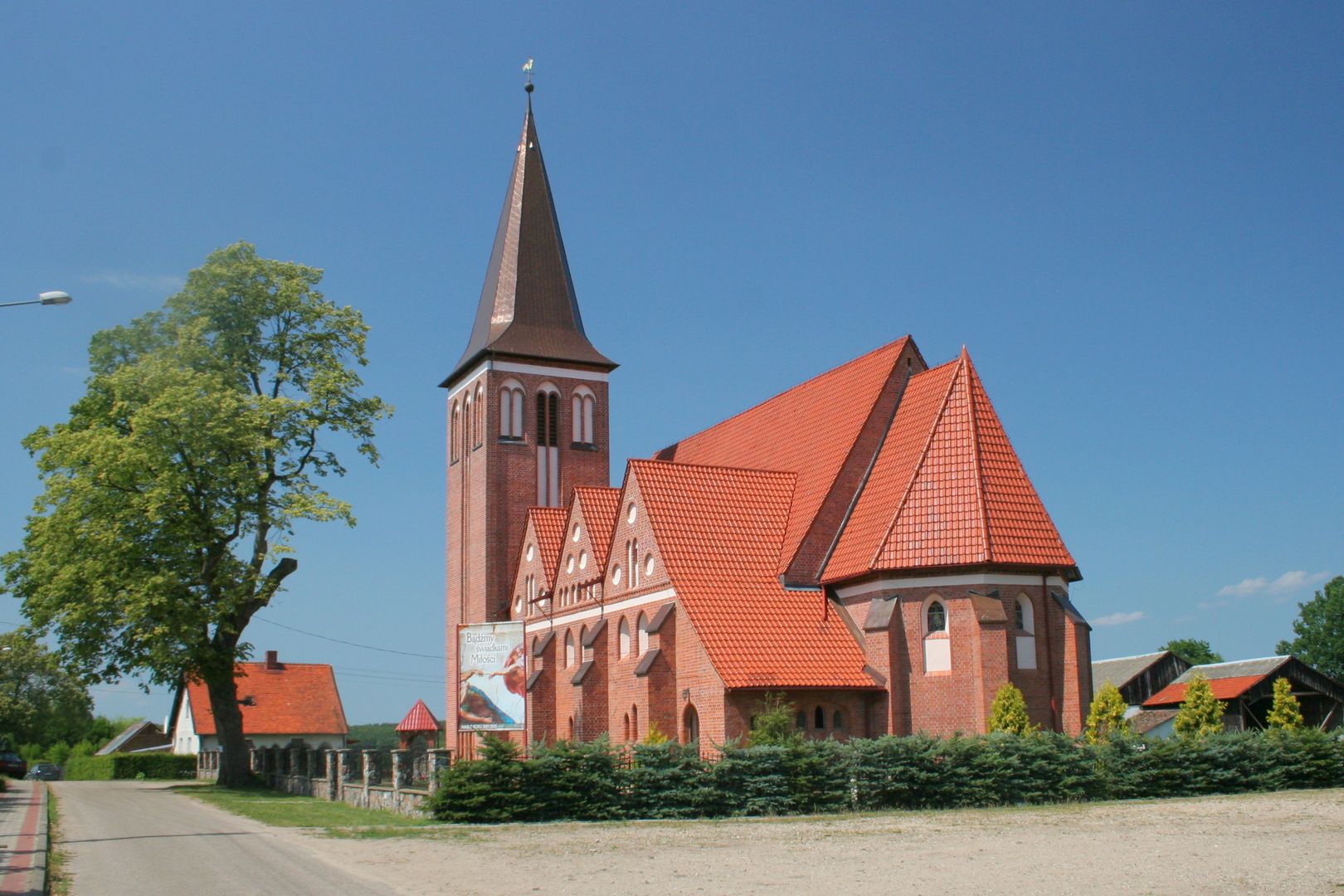Brzeźno Lęborskie
6.6

Overview
Brzeźno Lęborskie is a Kashubian village in the Pomeranian Voivodeship, in the municipality of Łęczyce, inhabited by 652 people. Its history dates back to at least the 13th century when it was part of the ephemeral Duchy of Białogard. Over the following centuries, the village came under the rule of various rulers, including the Teutonic Knights and the Dukes of Western Pomerania. The first mention of the parish dates from around 1325, suggesting earlier, pre-Teutonic settlement. In the 17th century, the parish was Protestantized, but after the extinction of the Griffin dynasty, the Catholic parish was restored at the end of the 17th century. The church in Brzeźno, built in the years 1911–12 in the Neo-Gothic style, is a significant architectural element of the village. Its interior has preserved valuable features such as the choir loft and the pulpit. Local culture combines Kashubian traditions with Prussian influences. The primary school, with a long history, has changed its educational structure depending on the number of students. Since the 1950s, the village has undergone various administrative reorganizations, which have influenced its development. An interesting fact is that Brzeźno had both a Roman Catholic and a Lutheran church, reflecting the religious diversity of the region. Brzeźno also features a boulder with a plaque commemorating Father Stanisław Galas, one of the parish priests after World War II.
Location
2025 Wizytor | All Rights Reserved